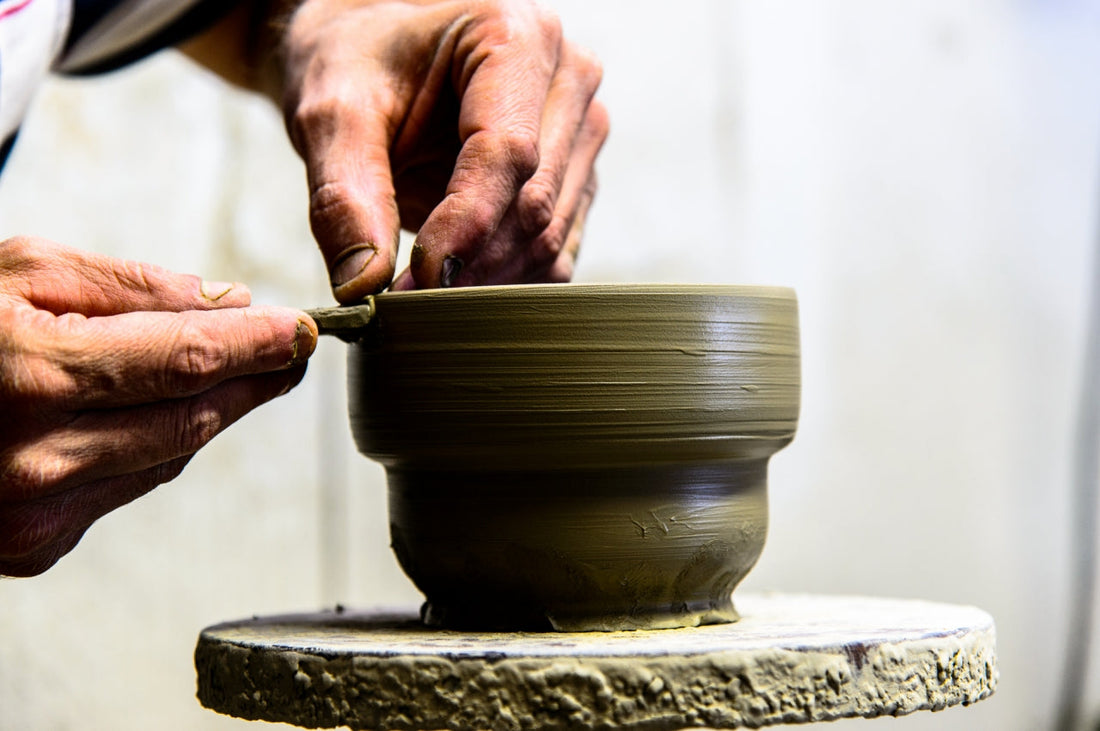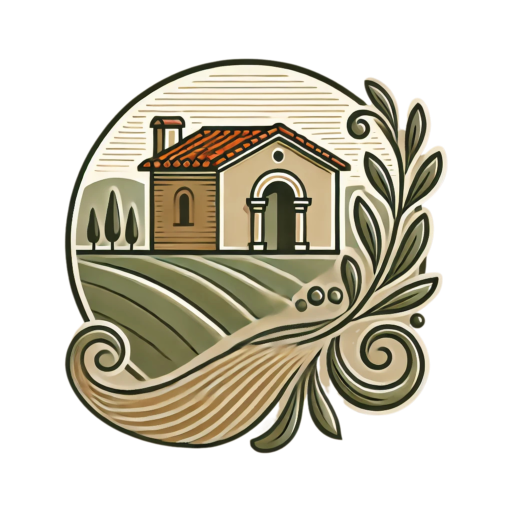
Discovering Umbria’s Timeless Artisanal Heritage
Share
Tucked in the heart of Italy, Umbria is often described as the “Green Heart of Italy" a land where rolling hills meet medieval towns, and where tradition whispers through cobbled streets.
But beyond its postcard-perfect landscapes lies a deeply rooted culture of craftsmanship that has thrived for centuries, and that still remains rooted in Umbrian’s culture. In fact, artisans across Umbria continue to honor age-old techniques, working with their hands, hearts, and heritage.
For travelers seeking authenticity, sustainability, and a slower pace of discovery, and a deeper trip rather than just visiting, Umbria’s artisanal world offers a deeply enriching experience.

Craftsmanship and the Slow Travel Movement
In recent years, the "slow travel" trend has taken hold among conscious globetrotters looking to immerse themselves in local culture, traditions, and community.
In Umbria, this ethos is not a novelty, it's a way of life and it has always been like this. Craftsmanship and slow tourism go hand in hand here: visiting a family-run ceramics studio in Deruta, watching a weaver thread silk on a handloom in Città di Castello, or chatting with a blacksmith in a small village forge is more than just sightseeing. It’s a chance to be part of something living and meaningful, and experience a real Italian and Umbrian vibe.
By engaging with artisans, visitors not only support local economies but also forge emotional connections to a place, its people, and its story. Each handcrafted item carries with it the DNA of the region — a blend of history, creativity, and identity.
The Cultural and Sustainable Value of Handmade Goods
In an era dominated by fast fashion, mass production of identical products, mass tourism, and where everything is made driven just by profit rather than passion, Umbria’s dedication to handmade excellence stands as a beacon of sustainability and cultural preservation.
The artisanal approach naturally embraces low-impact practices, often using locally sourced materials and traditional techniques passed down through generations. Many times, producing techniques are known just by those producing, and there is no written record of processes: everything is in the minds of the artisans.
Moreover, buying handmade products is a conscious act. It supports small producers, reduces waste, and fosters a deeper appreciation for the artistry and time behind every creation. Plus, it gives you something really unique, as humans have this wonderful gift of making each piece of creation a special one.
In Umbria, a handwoven scarf, a hand-painted ceramic plate, or a slice of traditionally cured pork it’s more than just a product.
Umbrian Artisanal Sectors to Explore
1. Artistic Ceramics: The Colors of Deruta and Beyond

Deruta, just south of Perugia, is synonymous with majolica ceramics. For centuries, its artists have painted vibrant patterns onto clay, combining functionality with artistry. The town’s legacy dates back to the 13th century, and today, many studios still operate in the same way: throwing clay on a wheel, hand-painting intricate motifs, and firing each piece in traditional kilns.
During their trip in Umbria, visitors can tour local workshops to see artisans in action, or even take part in hands-on classes. Whether you're purchasing a Renaissance-style platter or a contemporary kitchen tile, each ceramic item from Deruta tells a story of skill, patience, and regional pride. Imagine bringing back home a souvenir that you made with your own hands: probably one of the best memories from a trip.
2. Hand Weaving: Threads of Luxury and Tradition in Umbria

In towns like Montefalco, Bevagna, and Città di Castello, the art of hand weaving has experienced a beautiful resurgence. Using antique looms and time-honored patterns, local artisans create everything from table linens to exquisite clothing.
This tradition has also influenced some of Italy’s most prestigious fashion brands. Brunello Cucinelli, based in Solomeo, a small medieval town just outside Perugia, is world-renowned for his ethical production and ultra-luxurious cashmere, often inspired by the region's artisanal roots. Likewise, Luisa Spagnoli - a name tied closely to Perugia - helped shape Italy’s early 20th-century fashion with her innovative knitwear.
Supporting local weavers means preserving one of the most delicate and intimate forms of craftsmanship, one that transforms simple threads into heirloom-quality fabric.
3. Woodworking and Wrought Iron: Crafting Beauty and Utility

In Umbria, even everyday objects become works of art. From ornately carved furniture to rustic wooden kitchen tools, woodworking continues to flourish in small towns across the region. Using walnut, chestnut, and olive wood, craftsmen build with an eye toward longevity and elegance.
For example, Arte Legno in the beautiful town of Spello is continuing a tradition started in 1977, where skilled craftsmen mould with their experience and mastery the precious olive wood, creating pieces truly useful and unique in our daily lives
Similarly, wrought iron has a strong tradition in Umbria, particularly in towns like Todi and Gubbio. Here, blacksmiths shape iron with fire and hammer, creating intricate gates, chandeliers, and home decor. Watching a smith at work is like stepping into another era—one where time moves more slowly, and every curve or twist of metal is intentional.
4. Goldsmithing and Jewelry: The Subtle Art of Umbrian Elegance

While Florence and Rome may steal the spotlight when it comes to Italian jewelry, Umbria has its own refined voice in the world of goldsmithing. Small ateliers, particularly in Perugia and Spoleto, produce delicate, often nature-inspired pieces using both modern and medieval techniques.
Many of these artisans prioritize ethically sourced metals and stones, aligning with the region's broader values of sustainability and tradition. A handmade Umbrian necklace or ring offers not just beauty, but a tangible connection to the soul of the region.
5. Norcineria: The Culinary Craft of Umbrian Cured Meats

The town of Norcia, nestled in southeastern Umbria, is the birthplace of Italy’s famed "norcineria" tradition, the art of curing pork and creating unique cured meats. Butchers here are known for their deep knowledge of animal anatomy, seasoning, and aging.
The result? Sublime salumi, sausages, prosciutti, and more that are as much a part of Umbrian identity as the landscape itself. You can’t visit Umbria without at least trying one of the platters with a mix of typical cuts.
One standout example is Ciotti Antichi Sapori, a family-run business that embodies the best of Norcineria heritage. Founded in 1972, the company is dedicated to preserving time-honored methods of meat preparation. From capocollo to guanciale, every product is made with passion, patience, and respect for the animal. Visitors to their shop are welcomed like old friends, often invited to taste freshly sliced specialties while learning about the region’s unique curing methods.
A Journey Through the Hands of Umbria with Casa Umbra
To visit Umbria is to step into a world where time slows down and artistry flourishes. Whether you're watching a potter shaped clay, feeling the soft texture of a handwoven shawl, or tasting the richness of hand-cured prosciutto, you're engaging with something deeply human and profoundly local.
In a world racing toward the future, Umbria invites us to pause, look back, and appreciate the value of what is made slowly, with care, and with soul. And in that pause, we find a deeper connection—to Italy, to craftsmanship, and to ourselves.
